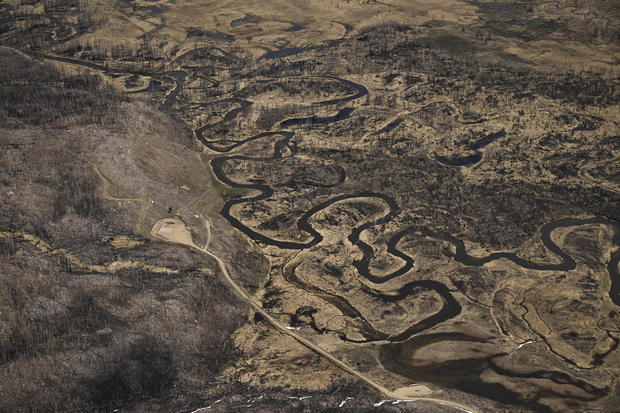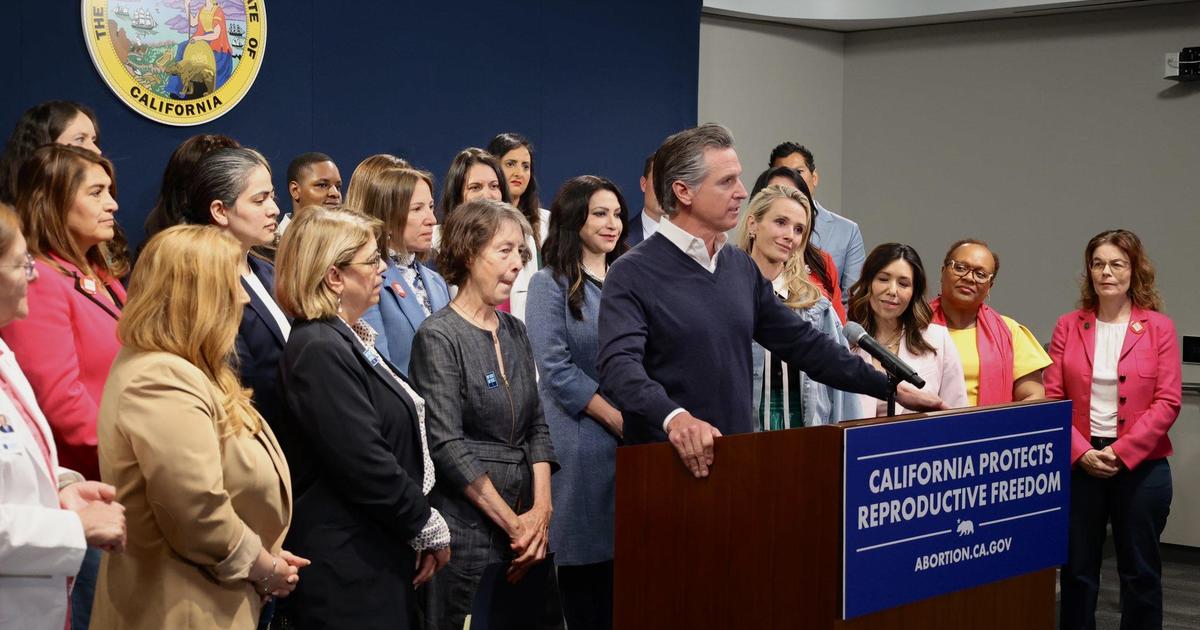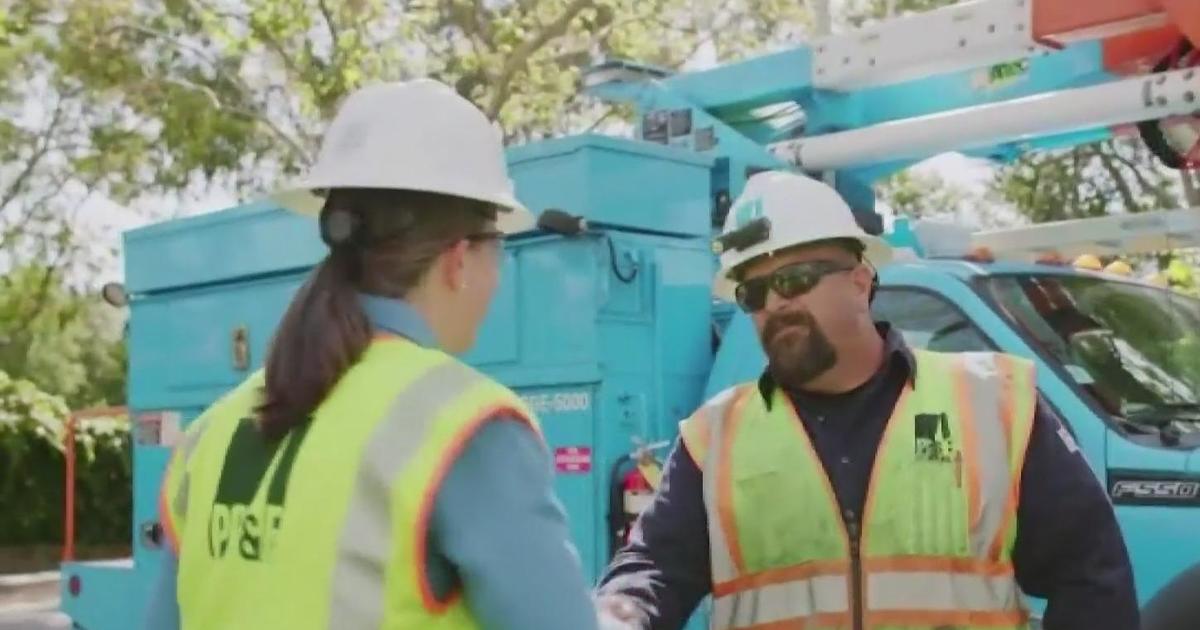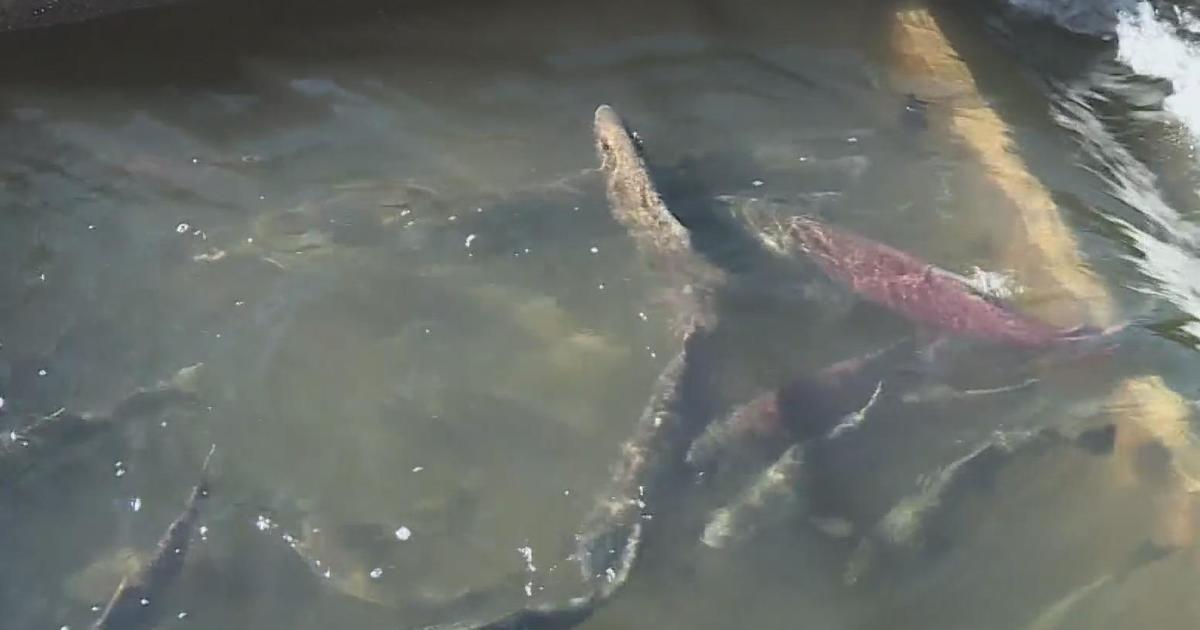Colorado River proposal from Arizona, California and Nevada aims to cut use of drought-stricken river
Arizona, California and Nevada on Monday proposed a plan to significantly reduce their water use from the drought-stricken Colorado River over the next three years. The proposal aims to conserve at least 3 million acre-feet of water through the end of 2026.
The 1,450-mile river provides water to 40 million people in seven U.S. states, parts of Mexico and more than two dozen Native American tribes. At least half of the 3 million acre-feet in reductions — or 1.5 million acre-feet of water — would have to be conserved by 2024, the plan said. In exchange for temporarily using less water, cities, irrigation districts and Native American tribes in the three states will receive federal funding, though officials did not say how much funding individual users in the states would get.
Tom Buschatzke, director of the Arizona Department of Water Resources, said 55% of the water would come from Arizona, 30% from California and 6% from Nevada.
The three states — which form the so-called Lower Basin — are entitled to 7.5 million acre-feet of water altogether from the river. But for the past two years, Arizona and Nevada to a lesser degree have not received their full allocations thanks to agreed-upon water cuts to keep more water in the system. California has been spared so far from those cuts thanks to its senior water rights.
An acre-foot of water is roughly enough to serve two to three U.S. households annually.
"We now have a path forward to build our reservoirs back up in the near-term," Arizona Governor Katie Hobbs said in a statement. "From here, our work must continue to take action and address the long-term issues of climate change and overallocation to ensure we have a sustainable Colorado River for all who rely upon it."
In the same statement, Nevada Governor Joe Lombardo said, "It's never been more important to protect the Colorado River System, and this partnership is a critical next step in our efforts to sustain this essential water supply."
"The entire Western United States is on the frontlines of climate change - we must work together to address this crisis and the weather extremes between drought and flood," California Gov. Gavin Newsom said in the statement.
The Colorado River has been in crisis thanks to a multidecade drought in the West intensified by climate change, rising demand and overuse. Those pressures have sent water levels at key reservoirs along the river to unprecedented lows, though they have rebounded somewhat thanks to heavy precipitation and deep snowpack this winter.
In recent years, the river's woes have forced the federal government to cut some water allocations, and to offer up billions of dollars to pay farmers and cities to pay farmers, cities and others to cut back. But those efforts weren't seen as enough by key water officials to prevent the system from collapsing.
In addition to supplying drinking water, the river also generates hydroelectric power for regional markets and irrigates nearly 6 million acres of farmland.
Last summer, the U.S. Bureau of Reclamation called for the seven Colorado River basin states to figure out how to cut their collective use of the river's water by about 2 to 4 million acre feet — or roughly 15% to 30% of their annual use — but states blew past that deadline and an agreement remained elusive for several more months.
In April, the U.S. Bureau of Reclamation released a plan that considered two ways to force cuts in the Colorado River supply for Arizona, Nevada and California.
One contemplated using a decades-old water priority system to reduce usage that would have benefitted California and some Native American tribes with senior water rights. The other would have been a percentage cut across the board to spare Arizona and Nevada — states with lower-priority rights — some pain.
The Interior Department on Monday said it would leave aside that proposal for now so that it could analyze the broader plan submitted by Western states and reissue it later this year.




